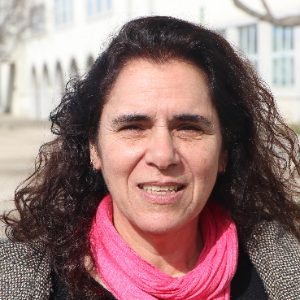Title : Mixed fertilizer/plant’ interaction on different soils
Abstract:
In the context of the "conventional vs. organic" farming debate, exacerbated by the urgent need for new solutions to safeguard the environment and reverse climate change, without compromising the promotion of global food security, several testimonies, with a scientifically-backed experimental basis, predict the need to complement organic fertilisation with a chemical complement, in many cases, in proportions of up to 75%.
Notwithstanding its decisive effect in improving and maintaining the physical and microbiological characteristics of agricultural soils, relatively low contribution of organic fertilizers in macronutrients for plants requires the use of large amounts to meet the needs of plants in the optimal fertilization of crops. On the other hand, the current and prospective availability of this type of fertiliser is not sufficient for generalised use on a global level, making its judicious utilisation extremely important. To this end, in each specific situation, the option should be selective so as to make the most of it, by choosing the most suitable 'soil/plant' binomials and, within these, the most convenient 'organic/chemical' ratio.
As there are numerous associations between ‘climate, soil and crop’, that may condition options, the systematisation of knowledge in this area should involve the assessment of paradigmatic combinations that, in turn, inform local experimentation in the concrete situations faced by farmers. To this end, it will be important to gather comparative experimental results, obtained in different croplands in the world, for combinations of ‘soil, climate and crop’, with chemical, organic or mixed fertilization regimes - the latter eventually in different proportions.
As a contribution towards this goal, we intend to show in this communication the effect Hermetia illucens L. (Black Soldier Fly - BSF) larvae-derived frass (an organic fertiliser) obtained from the biodigestion of bovine slurry, on the production of ryegrass (Lollium multiflorum Lam.), on sandy, calcareous and clayey soils (specifically, a Gleyic Podzol, a Haplic Calcisol and a Haplic Fluvisol) in an Atlantic/Mediterranean climatic situation. For that purpose, a pot trial was designed with 15 factorial combinations of the factors soil type and type of fertilization. The fertilization regimes were exclusive chemical fertilization, exclusive organic fertilization with frass and mixtures of organic fertilizer complemented with mineral fertilizer in the proportions of 25%, 50% and 75%.



